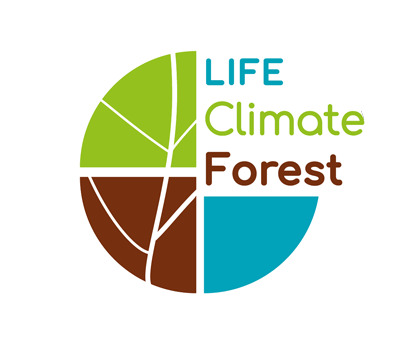Interview LOTJ Zandbergen Estate and Mistletoe Estate
– In Loon op Zand in an offshoot of the shifting sands of the Loonse and Drunense Dunes are the Zandbergen and Maretak estates. The woods are connected at the back and this area has been included as LOTJ (learning on the job) in LIFE project Climate Forest.
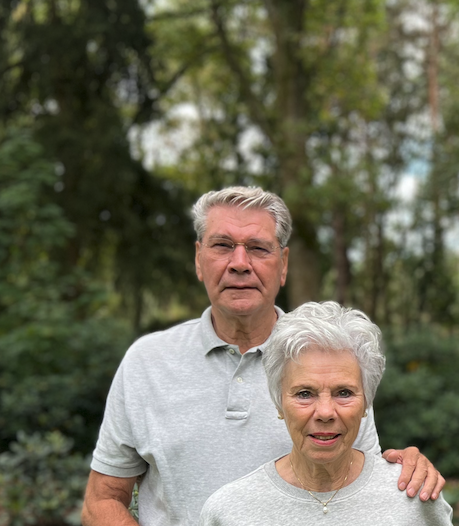
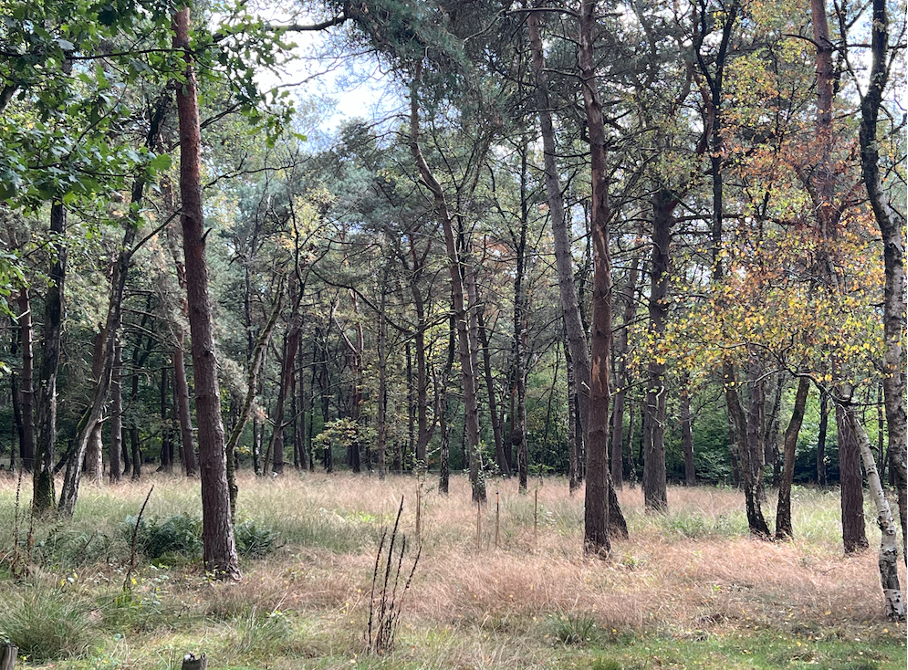
Ad Verhoeven and his wife Els bought Zandbergen Estate in 2022. As a contractor, Ad had also been working at an estate for 30 years and since then it had been a dream to one day live truly 'outdoors' himself. When Ad and Els bought the estate, there was still work to be done. On the property, a new house was built on the old site of the house for their daughter and, for themselves, an annexe was built on the old site of an outbuilding. It's a beautiful picture in the middle of the woods. And in those woods themselves, too, they went to work.
650 climate-smart species
Ad Verhoeven: "As a contractor, I am of course a layman when it comes to trees, which is why we joined Bosgroep Zuid Nederland for the necessary knowledge and assistance. We are now learning a lot, also through the regional meetings and excursions. Furthermore, we also participate in the LIFE project Climate Forest. The forest group is one of the project partners and so, together with our back neighbours, we were able to have a total of about 650 climate-smart trees planted."
List of planted species:
- Hawthorn.
- Sweet cherry.
- Trill (rattle) poplar.
- Sweet chestnut.
- Hazel.
- Winter lime.
- Hornbeam.
- Spanish barge.
- Common maple.
- Forest willow.
- Elm.
- Sessile oak.
Bostracking
The map below also shows the forest tracking results:
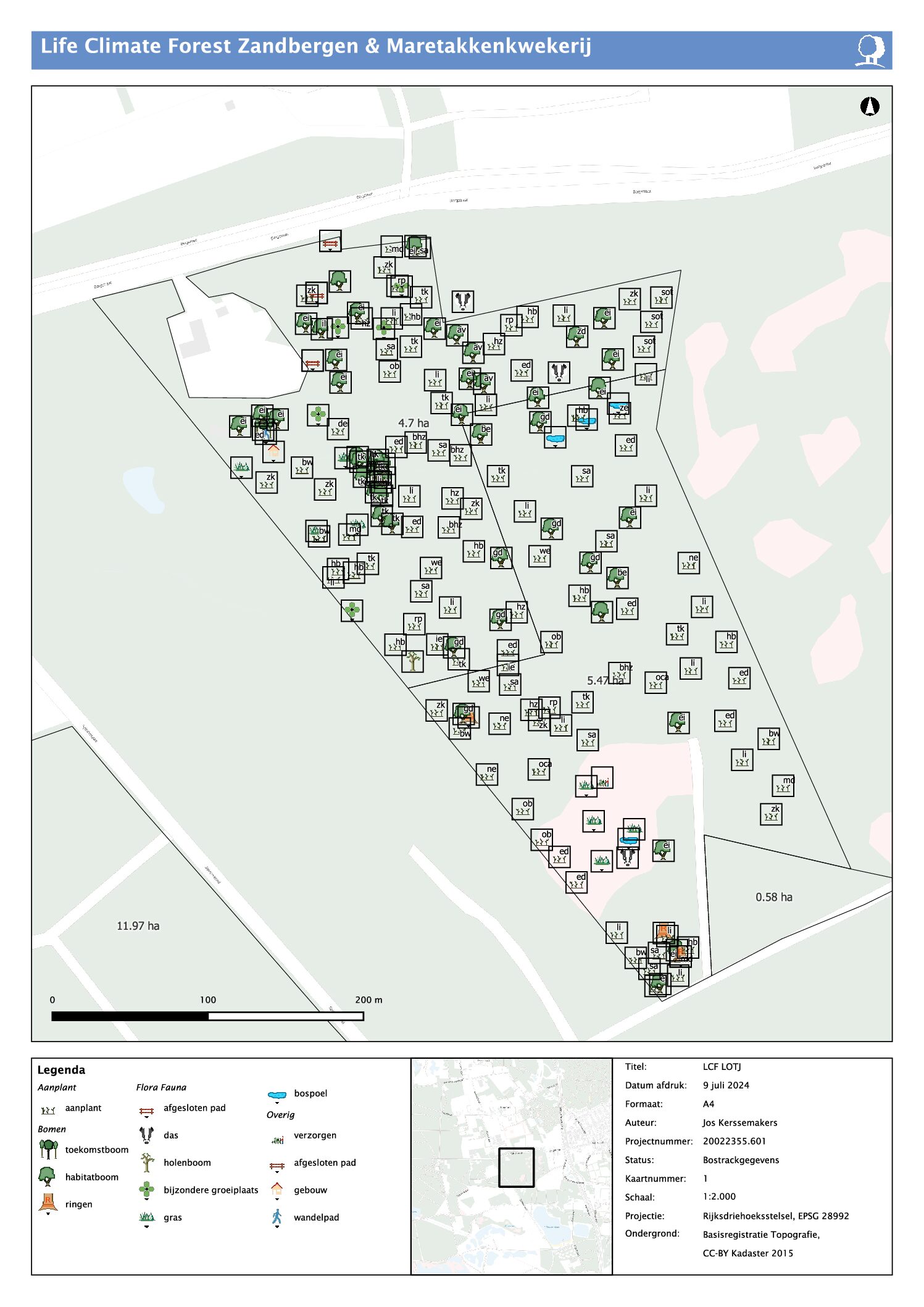
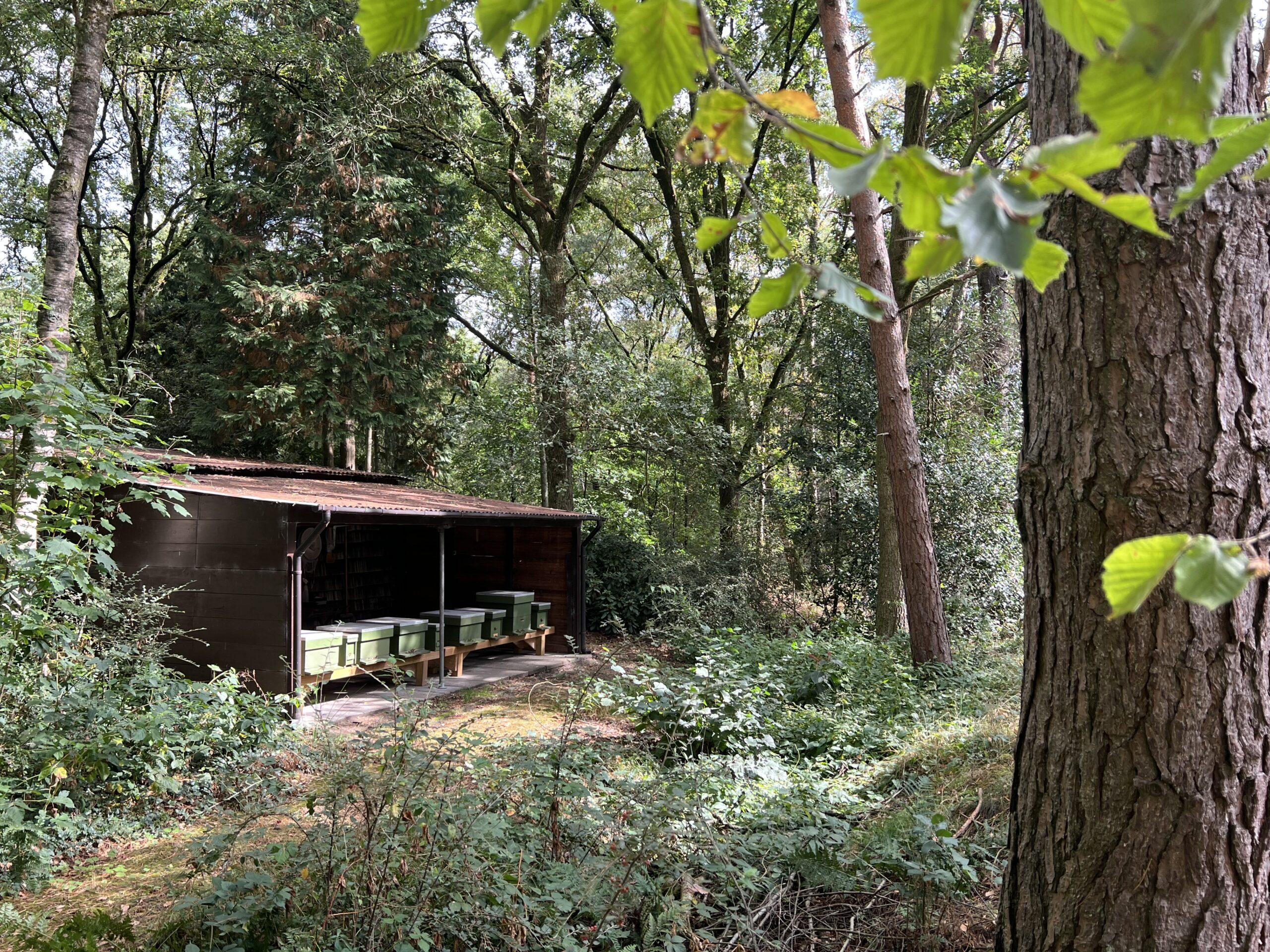

Bee Hall Biodiversity
Ad Verhoeven: "Besides planting more hardwood, we have also had a management plan made, we are going to remove American cherry and we have realised a Biodiversity Bee Hall. My wife's brother Hans is a beekeeper. With his bees he was first on the Kampina and now he is here on the property."
Contributing to conservation
"We think it is important to contribute to biodiversity conservation. Also because you really already notice the effects of climate change and the pressure on natural areas. Last summer we hardly saw any insects here and that really makes you think. Through Bosgroep Zuid Nederland, we are therefore also participating in a project to increase and improve the habitat of the brown oak swallowtail, a rare butterfly. It is a challenge to bring nature back more. Here in the region, there are also a lot of activities close to the nature reserve and, as a result, it sometimes seems like mopping up. All those insects are just left to fend for themselves; there just isn't enough food for them anymore. We therefore hope that, through projects like this, we can contribute a little to bringing back diversity and preserving rare species."
